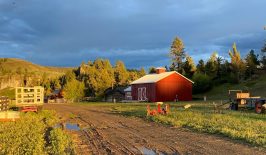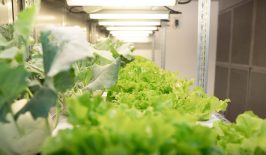The year-long anti-nuclear protests that have been mobilised against the Kudankulam Nuclear Power Project (KKNPP) have, this week, reached a climax when, on Monday, around 1000 protestors assembled at the site in a last ditch effort to disrupt the loading of enriched uranium into the reactor. Protesters were met with fierce police resistance and teargas shells from the 2000 strong police force that has been deployed at the trouble-zone.
The conflict has been escalating with repeated protest action both in India and abroad. The protests involve various international and local non-governmental groups who have raised concerns regarding the safety of the plant – in particular aroundthe fact that it is located in a risk area for tsunamis and earthquakes. Concern has mounted considerably ever since the now infamous disasters at Chernobyl and Fukushima and groups have pointed out that India is building nuclear plants at a time when other countries (in particular France, Germany, Italy and Japan) are abandoning nuclear plans and opting for what they see as safer options.
On the other side of the coin, The Atomic Energy Regulatory Board (AERB), the Union Ministry of Environment and Forests and the Tamil Nadu Pollution Control Board have assured the citizens of India that all necessary precautions have been taken and clearances issued in ensuring the safety of the plant. According to them, the plant is extremely robust and able to resist significant internal and external pressure (including events such as tsunamis). The modern design is said to be very different to the outdated design of the Fukushima plant. Furthermore, measures have been taken that ensure the protection of the local environment around the area (both sea and land), particularly with regard to local biodiversity.
Historically and politically, the issue of nuclear energy has always been highly contested and has evoked fierce debate. On the one hand, the Kudankulam plant has promised to provide much needed energy in India. On the flipside, however, the memory of Fukushima is still fresh and many concerns arise around the issue of nuclear energy and its viability as a (safe) energy provider for future generations.
Author: Carrie Byrne/ RESET- India








